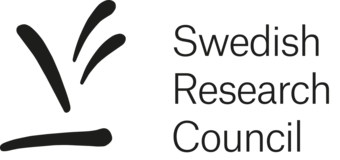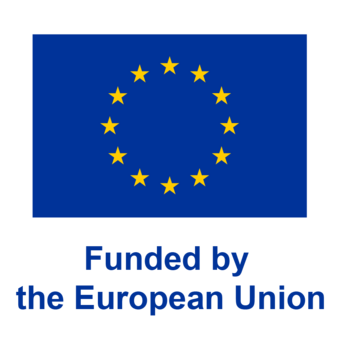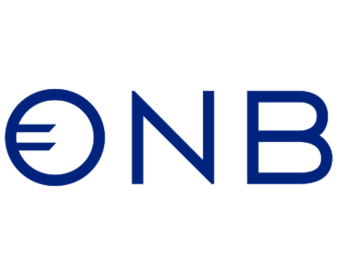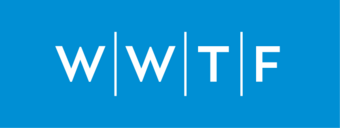Univ.-Prof. Dr. Kristin Tessmar-Raible
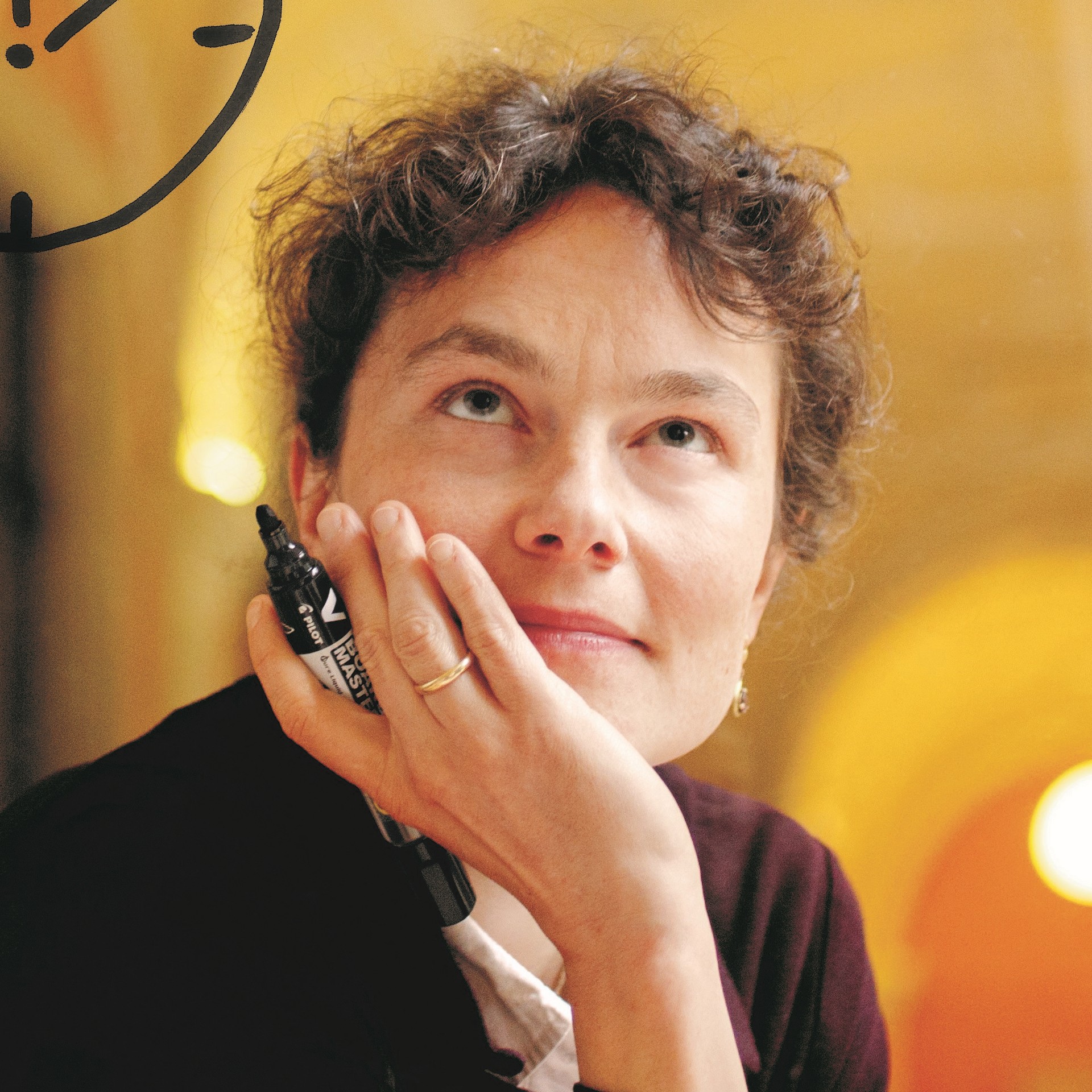
The Tessmar-Raible lab focusses on the role of light and endogenous oscillators on behavior and physiology. On the one hand, we explore the extent by which processes from cell divisions to cognitive performance are influenced by endogenous time and light, as in many cases these aspects have not been taken into account. On the other hand, we aim to understand the underlying mechanisms for specific examples. The organisms we study range from humans and mice to bristle worms, arthropods and deep-sea mussels. Current examples include the molecular mechanisms underlying monthly timing and its interplay with daily timers using the bristle worm Platynereis as model system, focusing on cryptochromes, their interactors, as well as the underlying cell types and circuits. Another example focusses on the role of the core circadian clock for adult neural stem cells in mice, their impact on state and differentiation pathway. The cross-species approaches also facilitate evolutionary hypotheses.
Focal points of interest
One focus will be on the impact of close-to-natural temporal illumination and the monthly oscillator on the on-going development, differentiation and function of GABAergic circuitry in adult Platynereis. The adult worms’ brain exhibits continuous growth by adult stem cells. Transcripts of several components of GABAergic circuits (e.g. GABAaRbeta, gad1), but not other circuits (e.g. cholinergic and glutamatergic) exhibit nocturnal-light dependent monthly oscillations that become more significant in a genetic background in which the entraining light signals are more efficiently entraining, while not persisting under free-running conditions. This may imply that the GABAergic circuits are involved in mediating the entrainment of the monthly oscillator. We plan to systematically analyze the adult brain cell types across monthly time under free-running and entraining conditions, the pre- and post-synaptic GABAergic elements and – by using cross-species functional agonists/antagonists– test for the involvement in entrainment and/or monthly oscillator modulation, building on our work on entrainment under natural solar/lunar illumination [1,2]. A second focus will be on the dynamics and extent of circuit remodeling in mouse under “modern” vs. environmentally healthy life style. Extending our already existing collaboration with the Urban lab we aim to investigate how chronobiological disruptions and artificial vs. close-to-natural illumination impact on adult interneuron plasticity.
Technical proficiency and instrumentation
My lab has especially strong experience with the design of naturalistic illumination devices for animal cultures, behavioral set-ups and molecular experiments. We also designed ~1000l tanks outside tanks for the maintenance, collection and observation of aquatic animals under outside environmental conditions. We also have extensive expertise in the use of human actimetry devices for chonotypic and sleep/wake performance analyses (combined with MCTQ and psychological questionaires), as well as various -omics analyses in the context of their (possible multi-rhythm) oscillatory profile. Finally, we have also extensive experience with the development of “non-conventional” animal model species- from genome to forward genetic manipulations [3].
Aspirations for the next 5 years
We aim to understand how endogenous biological rhythms and their interplay with light are mechanistically working and ultimately control humans and other animals. On the one hand we study how daily, monthly timers and light impact on the cellular and molecular plasticity and function of neuronal circuits. On the other hand we investigate how the monthly and daily changes molecularly observable in the neural networks feed back on the function of the endogenous oscillators. We are particularly interested in the chronobiological consequences of the significant ongoing environmental (e.g. artificial illumination) and life style changes.
References
- Poehn, B., Krishnan, S., Zurl, M., Coric, A., Rokvic, D., Hafker, N.S., Jaenicke, E., Arboleda, E., Orel, L., Raible, F., et al. (2022). A Cryptochrome adopts distinct moon- and sunlight states and functions as sun- versus moonlight interpreter in monthly oscillator entrainment. Nat Commun 13.
- Zurl, M., Poehn, B., Rieger, D., Krishnan, S., Rokvic, D., Veedin Rajan, V.B., Gerrard, E., Schlichting, M., Orel, L., Coric, A., et al. (2022). Two light sensors decode moonlight versus sunlight to adjust a plastic circadian/circalunidian clock to moon phase. Proc Natl Acad Sci U S A 119, e2115725119.
- Veedin Rajan, V.B., Häfker, N.S., Arboleda, E., Poehn, B., Gossenreiter, T., Gerrard, E.J., Hofbauer, M., Mühlestein, C., Bileck, A., Gerner, C., et al. (2021). Seasonally relevant UVA light alters neurohormone amounts and behavior via a ciliary opsin in a marine mass spawning annelid. Nature Ecology & Evolution.

